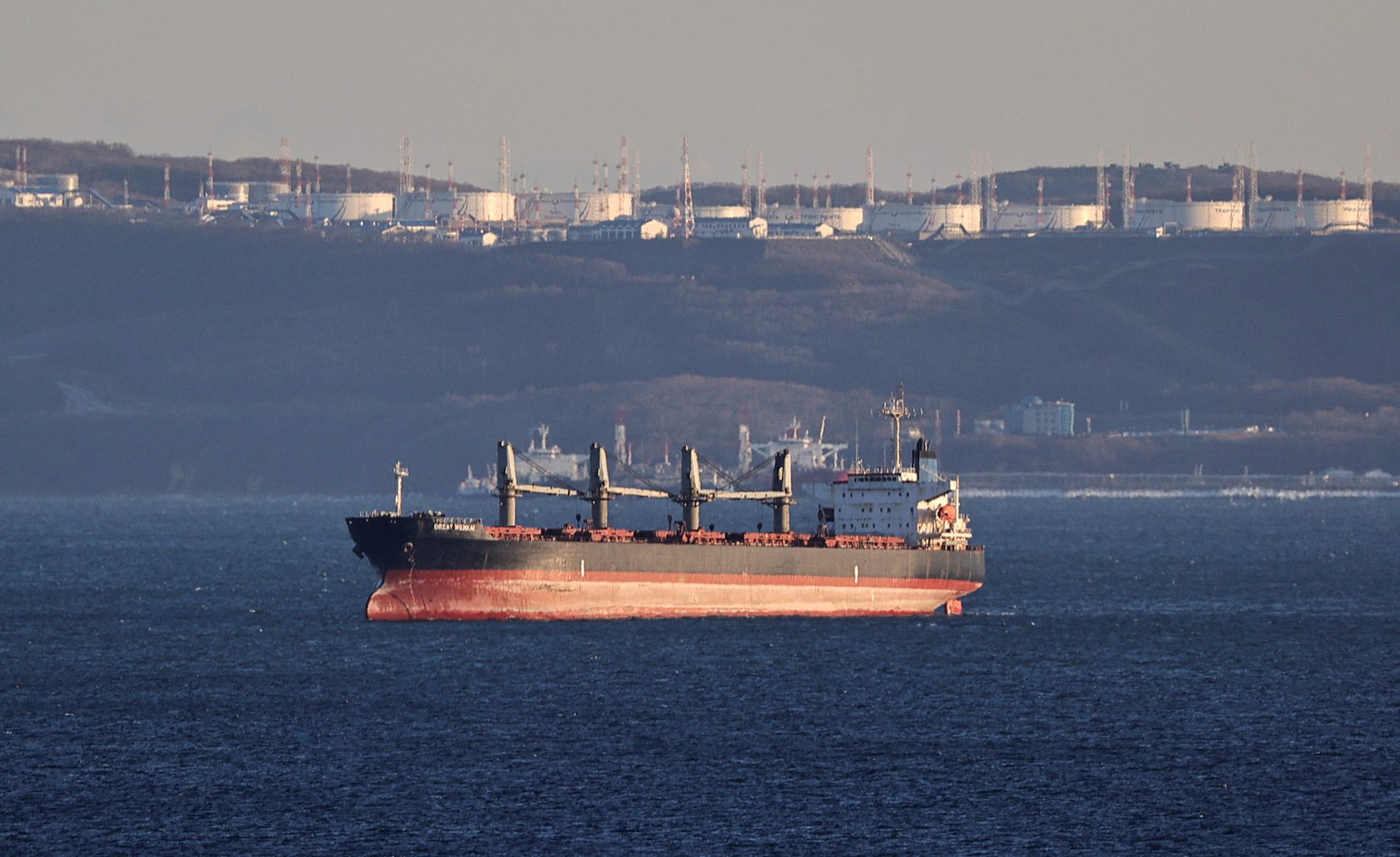SUMMARY
This is AI generated summarization, which may have errors. For context, always refer to the full article.

MOSCOW, Russia – Russia will cut oil production by 500,000 barrels per day, or around 5% of output, in March, Deputy Prime Minister Alexander Novak said on Friday, February 10, after the West imposed price caps on Russian oil and oil products.
The price of Brent crude rose on the news of the output cut from Russia, the world’s second largest oil exporter after Saudi Arabia, increasing by more than 2.5% on the day to $86.6 per barrel.
“As of today, we are fully selling the entire volume of oil produced, however, as stated earlier, we will not sell oil to those who directly or indirectly adhere to the principles of the ‘price cap,’” Novak said in a statement.
“In this regard, Russia will voluntarily reduce production by 500,000 barrels per day in March. This will contribute to the restoration of market relations.”
The Kremlin said on Friday that Russia had held talks with some members of the OPEC+ producers group regarding its decision to cut output.
Novak said later that Russia had not held any formal consultations as the cuts were voluntary.
Two OPEC+ delegates told Reuters that OPEC+ plans no action after Russia announced oil output cuts.
As Russia navigates the maze of restrictions which the West has imposed in an attempt to choke off its revenue from oil, the production cut indicates that the price cap on Russian oil products has had some impact.
The Group of Seven, the European Union, and Australia agreed to ban the use of Western-supplied maritime insurance, finance, and brokering for seaborne Russian oil priced above $60 per barrel from December 5 as part of Western sanctions on Moscow over the conflict in Ukraine.
The EU also imposed a ban on purchases of Russian oil products and set price caps from February 5. In turn, Russia has banned deals involving any application of the price cap mechanisms.
Output cut
The last big fall in Russian oil output was in April when it collapsed by nearly 9% following the introduction of Western sanctions over Ukraine. Since then, Russia has managed to set up logistic chains for its oil sales, mostly in Asia.
Russia’s decision to cut oil production was announced only nine days after an OPEC+ panel, in which Russia is a member, endorsed the oil producer group’s current output policy, leaving production cuts agreed last year in place.
“Russia believes that the ‘price cap’ mechanism in the sale of Russian oil and oil products is an interference in market relations and a continuation of the destructive energy policy of the countries of the collective West,” Novak said.
His spokesperson said later that the cuts will relate to crude oil only, without gas condensate, a type of light oil.
Russia’s oil output last year defied numerous predictions of a decline, rising by 2% to 535 million metric tons (10.7 million barrels per day) thanks to a jump in sales to Asia, especially to India and China.
However, following a raft of new sanctions from the West, Russia is facing more challenges in selling oil, a key source of revenue for the state budget, which posted a $25-billion deficit in January.
Lower export volumes shrank Russia’s current account surplus by 58.2% to $8 billion in January, squeezing Russia’s capital buffers at a time when Moscow is ramping up budget spending. – Rappler.com
Add a comment
How does this make you feel?










There are no comments yet. Add your comment to start the conversation.